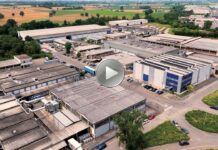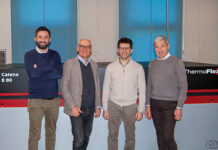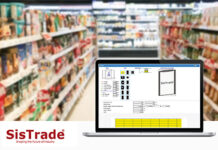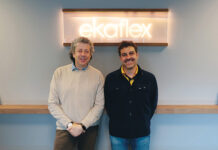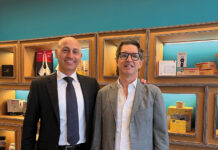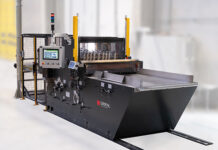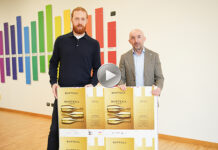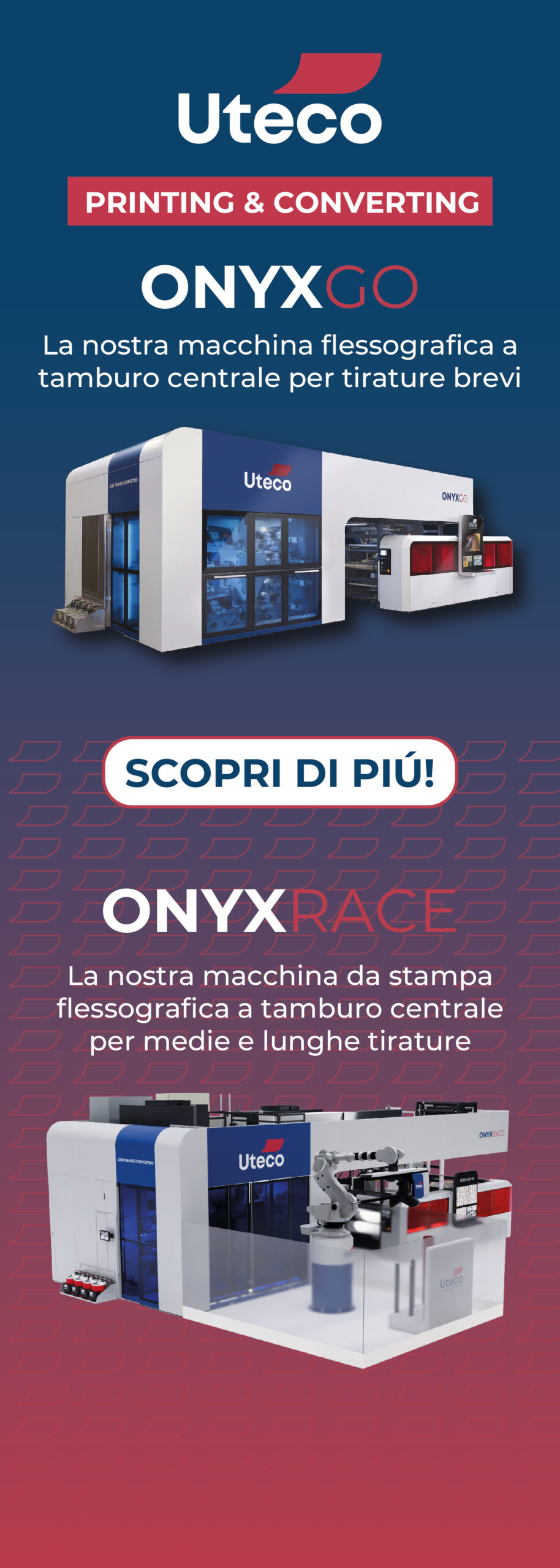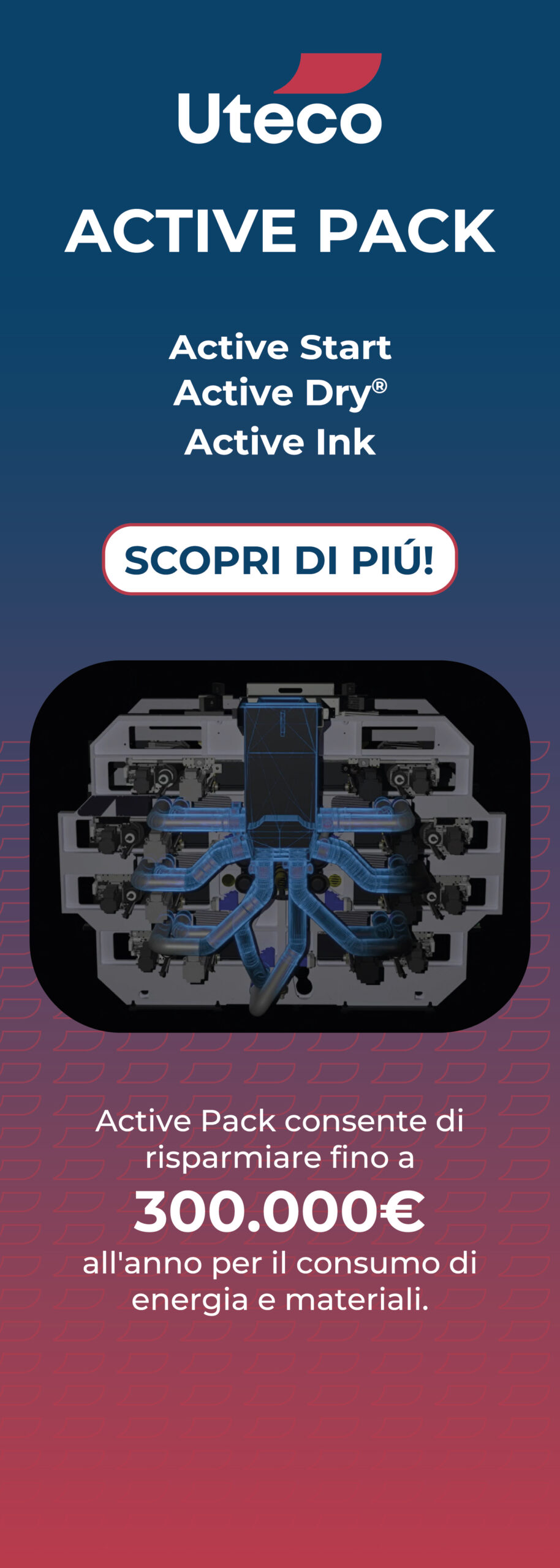This event, organized by FTA, the Flexographic Technical Association based in Bohemia (NY), was a good occasion to discuss important topics for flexo industry. It was an online replacement for this year’s in-person conference and has been followed by nearly 1000 participants from all over the world
Each day of Virtual FORUM 2020 featured technical sessions; the schedule was splitted in three days that faced many arguments. The title was “Color, Brands, Technology: The Complete Package”.
Partners and not vendors, because quality on corrugated now is possible with direct printing
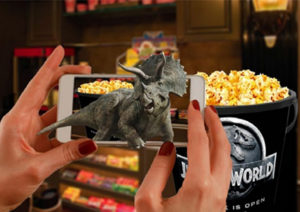 The first day of Virtual Forum in April was dedicated to contrast in print technologies: preprint vs. postprint and how corrugated printers and their customers can choose the right process for each job; also press optimization was analyzed straight from the mouths of printers that must obtain consistent print quality, workflow stability and efficiency of operations, through press optimization. The goal of optimization is to identify the best possible combination or print variables to achieve design requirements. Optimization is the analysis of the print process to determine preferred operating parameters that strike a balance between print quality, print stability and efficiency of operations. Characterization is the process of using test targets for color management calibration within the prepress system. It is used to calibrate monitors, scanners, imagesetters/platesetters and proofers.
The first day of Virtual Forum in April was dedicated to contrast in print technologies: preprint vs. postprint and how corrugated printers and their customers can choose the right process for each job; also press optimization was analyzed straight from the mouths of printers that must obtain consistent print quality, workflow stability and efficiency of operations, through press optimization. The goal of optimization is to identify the best possible combination or print variables to achieve design requirements. Optimization is the analysis of the print process to determine preferred operating parameters that strike a balance between print quality, print stability and efficiency of operations. Characterization is the process of using test targets for color management calibration within the prepress system. It is used to calibrate monitors, scanners, imagesetters/platesetters and proofers.
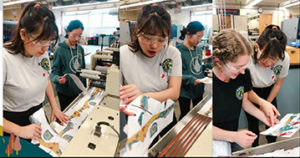 The session began with Geoff Roznak, retired after 36 years in the corrugated industry, who spoke about what brand owners want and how printers can ensure their expectations. He explained that customers break down into three different groups: knowing what they want and documenting it; thinking they know what they want but not providing documentation; unsure of what they want. Roznak stated that brand owners want consistency, logo and brand color accuracy, open communication, written/defined machinery capabilities and well-informed internal contacts. Corrugated printers can find success by selling capability and know-how, and above all they must be partners and not vendors, “because vendors only sell stuff, on the contrary partners work with to make sure we are all getting better together, besides partners know there is more benefit in knowing and understanding each other and that works best for everyone and at every level”, he said.
The session began with Geoff Roznak, retired after 36 years in the corrugated industry, who spoke about what brand owners want and how printers can ensure their expectations. He explained that customers break down into three different groups: knowing what they want and documenting it; thinking they know what they want but not providing documentation; unsure of what they want. Roznak stated that brand owners want consistency, logo and brand color accuracy, open communication, written/defined machinery capabilities and well-informed internal contacts. Corrugated printers can find success by selling capability and know-how, and above all they must be partners and not vendors, “because vendors only sell stuff, on the contrary partners work with to make sure we are all getting better together, besides partners know there is more benefit in knowing and understanding each other and that works best for everyone and at every level”, he said.
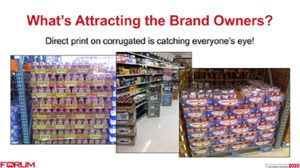 David Straten, Advance Packaging, focused his presentation on why direct print flexo on corrugated is so attractive today. He talked about developments that have contributed to changes in direct print flexo, including capabilities (higher line screens, actually everyday halftones are routinely printed between 110 and 150 lpi; print register can be perfect and the numbers of colors has increased and so color gamut is wider) and quality improvement. “Since the print results have improved, salespeople are learning to sell graphic solutions and not just boxes”, he said. Brand owners find this type of print very similar to litho, also as regards traps. And also press speeds have increased, 4 color process plus 3-spots and a coating can be printed consistently at 10.000 sheets/hour. However there are some differences: smaller quantities, graphics that change and turn-around times are more direct-print friendly; very large quantities and light weight liners converted to C flute are more pre-print friendly.
David Straten, Advance Packaging, focused his presentation on why direct print flexo on corrugated is so attractive today. He talked about developments that have contributed to changes in direct print flexo, including capabilities (higher line screens, actually everyday halftones are routinely printed between 110 and 150 lpi; print register can be perfect and the numbers of colors has increased and so color gamut is wider) and quality improvement. “Since the print results have improved, salespeople are learning to sell graphic solutions and not just boxes”, he said. Brand owners find this type of print very similar to litho, also as regards traps. And also press speeds have increased, 4 color process plus 3-spots and a coating can be printed consistently at 10.000 sheets/hour. However there are some differences: smaller quantities, graphics that change and turn-around times are more direct-print friendly; very large quantities and light weight liners converted to C flute are more pre-print friendly.
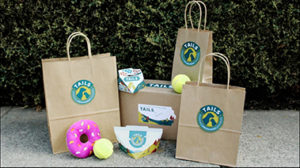 Daniel Lachapell, plant area manager at Menasha Preprint, specialized in preprinted linerboard (material in roll form printed prior to joining to corrugated board), who discussed preprint. He compared preprinted linerboard with other technologies, explaining that preprint results in more cost saving, underlining that preprint doesn’t require complex equipments or difficult know-how for converting, it is not flute specific because can be applied to many types of corrugated board, even triplewall and also microflutes. Preprinted linerboard rolls are dense and full truckloads commonly weight between 40,000 and 45,000 pounds, allowing for multiple rolls to be printed and distributed across multiple converting operations.
Daniel Lachapell, plant area manager at Menasha Preprint, specialized in preprinted linerboard (material in roll form printed prior to joining to corrugated board), who discussed preprint. He compared preprinted linerboard with other technologies, explaining that preprint results in more cost saving, underlining that preprint doesn’t require complex equipments or difficult know-how for converting, it is not flute specific because can be applied to many types of corrugated board, even triplewall and also microflutes. Preprinted linerboard rolls are dense and full truckloads commonly weight between 40,000 and 45,000 pounds, allowing for multiple rolls to be printed and distributed across multiple converting operations.
Color consistency
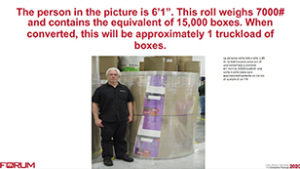 Achieving the target of color consistency was the topic of the second meeting.
Achieving the target of color consistency was the topic of the second meeting.
Steve Cooney, StarPack, focused on how to manage color from the beginning of implementation, throughout a pressrun, to approval—as well as repeat runs and brand reprints. He underlined for example that for a sustainable proofing the Validation form, used to test all the technical aspects of the press run, is one of the most important of setting up graphic specifications. This process not only assures that the press can replicate what was produced on the fingerprint but also that the graphics will perform as expected.
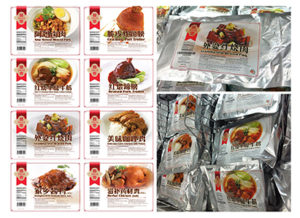 Scott Thompson, SGS, showed how establishing consistency in the preparation and file stages can translate to improved print results and better proof-to-press matching.
Scott Thompson, SGS, showed how establishing consistency in the preparation and file stages can translate to improved print results and better proof-to-press matching.
Daniel Bohn, BST, stated that inline spectral system (continuous spectral measurements during regular production) is the best solution to get color consistency and improve quality, because this system allows the identification of homogeneous and not homogeneous patches, prevention of borders, objectivity and repeatability, determination of trends during production, counteractions during production and easy collection of color data for many jobs.
Dan Uress, Colorware, spoke about the importance to collect objective data on color to improve the print process (because it is never stable) and satisfy the print buyer. At the end Dan said: “objective measurement is better than subjective opinion, remember that improving your process will be a team effort, leveraging the information you have gained from objective measurement; obviously satisfying your print buyer may require new actions, but can be successful with good communication and compromise”.
Exploring innovation
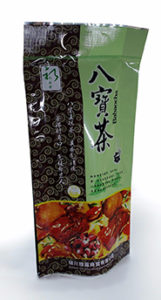 On the third and last day many industry experts spoke about latest trends: Industry 4.0, Big Data and IoT drive innovation, automation improves efficiency: think about that according to US Department of Labor and Statistics 60% of repeatable and predictable human activity can be automated with higher output and fewer errors, and higher quality with faster delivery. Also sustainability is crucial: packaging industry is facing the problem to use sustainable and compostable products and in this regards there is a big opportunity for converters to enter barrier film production, especially for pouches, using the latest solutions developing inorganic transparent barrier (AIOx/SiOx).
On the third and last day many industry experts spoke about latest trends: Industry 4.0, Big Data and IoT drive innovation, automation improves efficiency: think about that according to US Department of Labor and Statistics 60% of repeatable and predictable human activity can be automated with higher output and fewer errors, and higher quality with faster delivery. Also sustainability is crucial: packaging industry is facing the problem to use sustainable and compostable products and in this regards there is a big opportunity for converters to enter barrier film production, especially for pouches, using the latest solutions developing inorganic transparent barrier (AIOx/SiOx).
The cleaning of anilox is a key factor for print quality in flexo, one solution is laser cleaning that, in comparison with traditional liquid cleaning has many benefits: no chemicals, no disposal and freight costs, no inventory management, no water waste, very low energy consumption and no impact on environment and last but not least, converters often see 10-30% volume increases with improved ink density, color matching and print quality.
On this last day spoke also Brad Gasque, Technical Service Consultant DuPont Cyrel, who presented the latest technologies that printers can use to ensure a uniform white ink laydown, while using less ink and saving money. He explained the advantages of using the Cyrel EASY BRITE screens, These screens are designed to optimize ink laydown in high-volume printing, typically seen when printing a white undercoat, or solid areas with spot colors. They contain a suite of screens that have shown to improve solid printing at volumes of 4.0 bcm and greater. There are five screens in total: two screens designed for customers without the HD Pixel+ imaging capability and three screens designed to take full advantage of HD Pixel+ imaging. “But a brighter white is not just about opacity, we believe high opacity alone doesn’t make a good print. You need a combination of opacity, low mottle and low graininess to have a good white. Cyrel EASY BRITE Screens will deliver not only high opacity, but also improved mottle and improved graininess on inks that use a high volume anilox. The EASY BRITE Index is a multidimensional measurement that combines opacity, mottle and graininess into a single number”, said Brad. EASY BRITE Index combines the opacity along with the uniformity measures (mottle, that is macro imperfections and graininess, micro imperfections), practically starts from a three-dimensional concept and translates that into one number. The higher the index rating/measurement, the better the quality of the white.
A full rebranding project wins the Phoenix Challenge College Competition
During the last session the team by California Polytechnic State University, the 2020 Phoenix Challenge College Competition-winning team, presented its findings, focused on a company’s rebranding using flexo printed packaging. The company is Tails (located in San Luis Obispo, California), established in 1998, started as a one-of-a-kind shop for local dog and cat lovers on the Central Coast to purchase food, treats, toys and other supplies.
Students chose Tails because it could benefit a lot from a rebrand, the product line was interesting, brand values anyway strong. Tails has also strengths: products are occasionally cheaper than big chain stores, customers are returning and loyal. In spite of this, brand was not strong or consistent, their product is unbranded and not with different logos. Considering the situation in the USA, where pet ownership is growing, with many household that own dogs and cats, but also locally in San Luis Obispo County there are in total 56.000 cats and dogs in homes, the opportunities to expand for Tails are sure but from packaging point of view there are some issues, for example lack of: consistent branding and logo with no conceptual branding or color palette; lack of gift packaging and of word of mouth marketing; blank pastry bag, shopping bag and shipping boxes, made of generic mass brown material. After all these considerations they remade the brand with new colors and also printed all packaging items, in flexo, with amazing and convincing results thanks to their creativity, competence and the following sponsors: Anderson Vreeland, Dupont, Mark Andy, Avery Dennison, Esko, Rotometrics, APR (All Printing Resources), Flxon, Techkon, Beta Industries, Harper, Sericol, Dipco, Inx, X-Rite and 3M.




